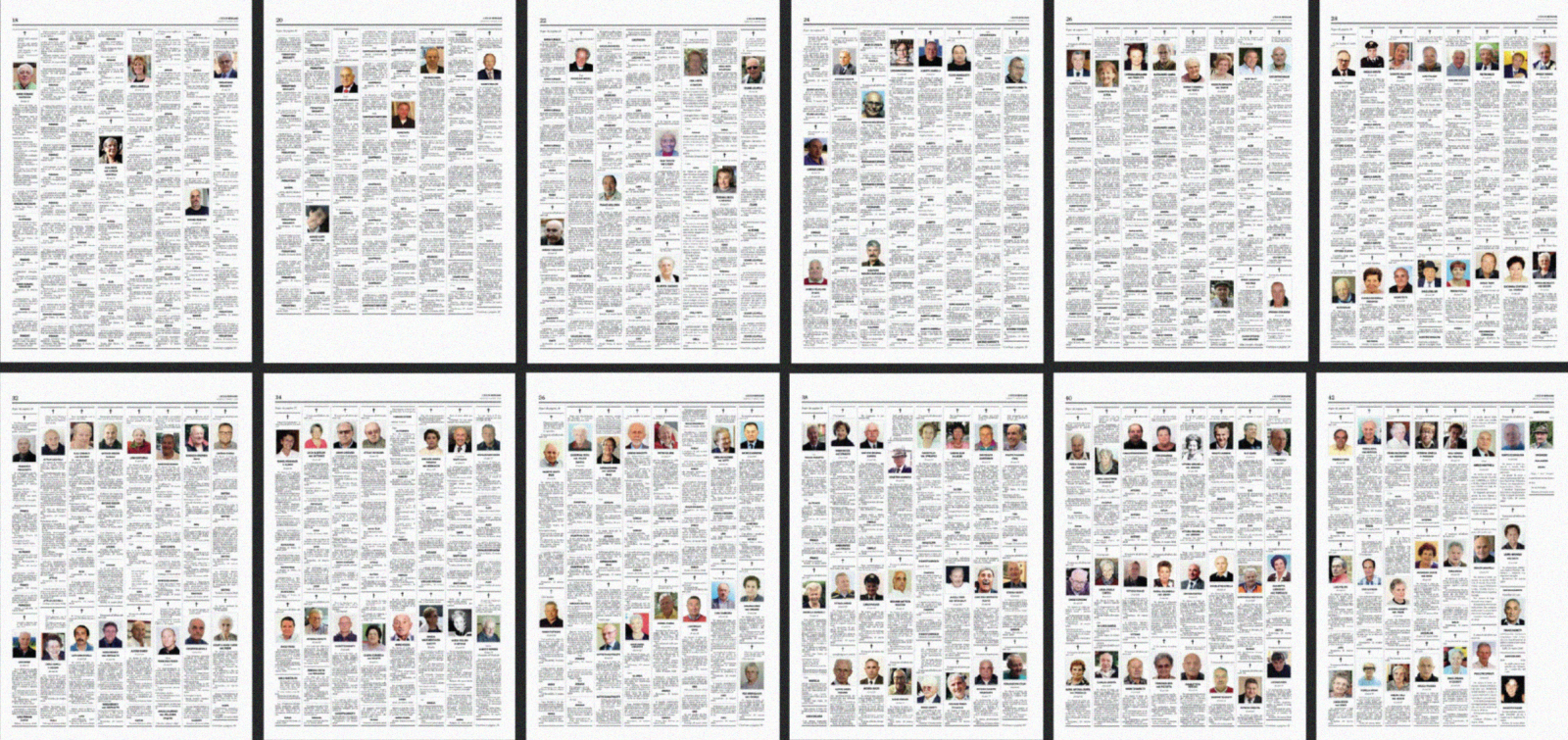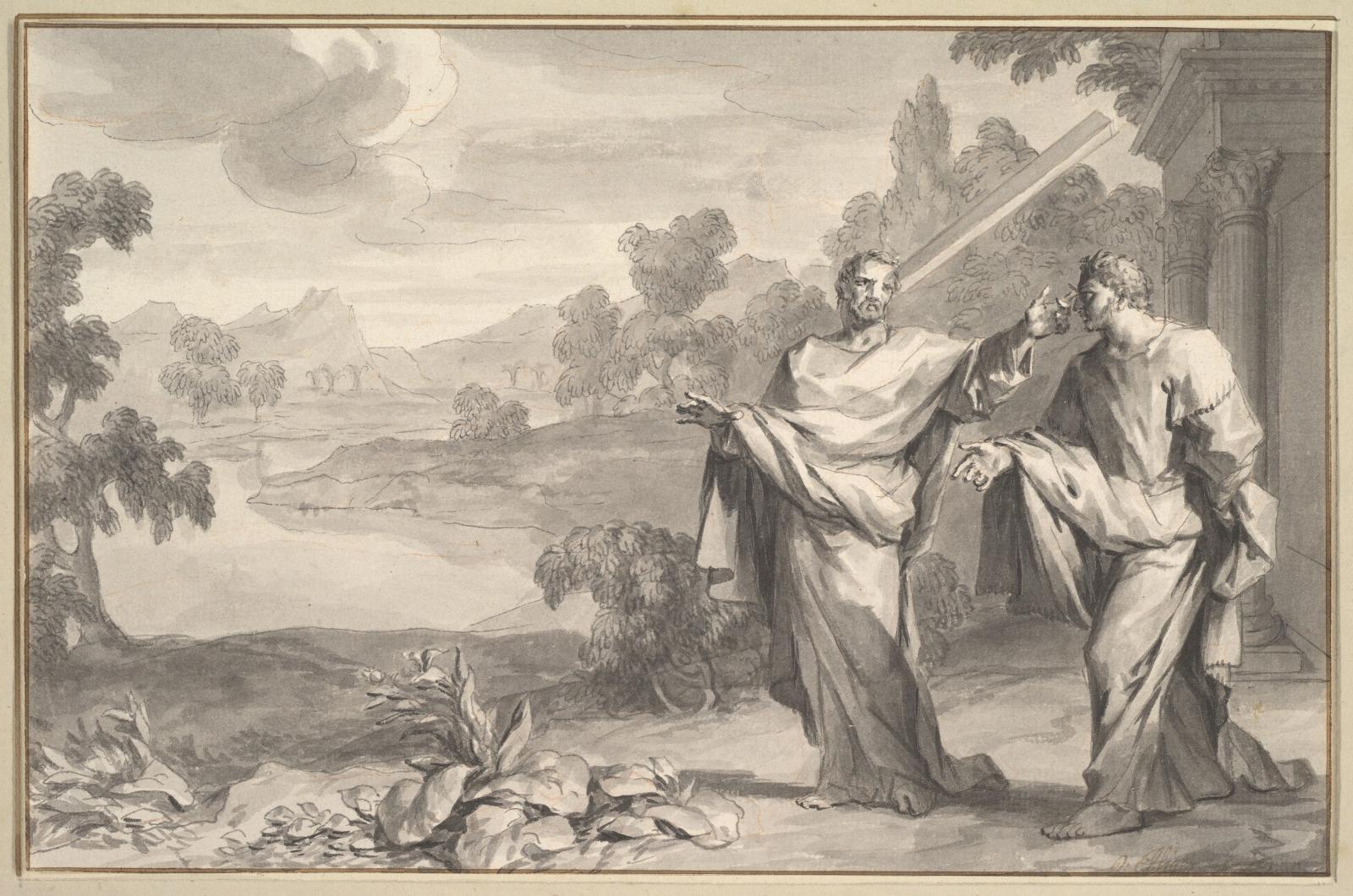
Image from da A deluge of death in northern Italy, Reuters graphics, 25 March 2020.
The number of deaths from Covid reported yesterday (26 March 2020) by the Civil Protection was 662 [1]. The whole of Italy, however, wants to know another fact: the all-causes mortality per day compared to the previous year. This number, indeed, seems to show us the effects of the epidemic much better than the deaths for and with Covid.
It is plausible that since the epidemic started fewer people have died than in previous years from road accidents, accidents at work and from flu, whereas more people died of heart attacks and cancer because of delays in treatments, as well as pneumonia, of course. On closer inspection, although not all of them are positive for SARS-Cov-2, these deaths are mostly an effect of this epidemic, which is the result of an avalanche that has wiped out the lives especially of fragile and elderly people.
This work should be done by "field" epidemiologists, whose absence Walter Ricciardi complained about in an interview.
But the first one who started to do it was the Editor-in-chief of the Eco di Bergamo Alberto Ceresoli, who came up with the idea of counting the obituaries in his newspaper, which in these tough days arrive even after midnight, comparing them to those from the same day of the previous year.
It is a rather brutal way to calculate mortality compared to the expected. But since the director of the Eco di Bergamo is a science enthusiast, he went one step further, ordering a specialized agency to carry out a survey about the 243 municipalities in the Bergamo area, that will soon be available. In the meantime they have written an essay on the Municipality of Bergamo, where the increase in all-causes deaths is frightening (here the article).
"From an average of 45 deaths per week, during the last ten years has been recorded a surge up to 313 deaths per week, almost seven times as much in the seven days from 15 to 21 March. From 1 to 21 March, on the other hand, the ratio is four times the average of the last ten years", writes the editor.
Graph from "A Bergamo decessi 4 volte oltre la media. L’Eco lancia un’indagine nei Comuni", Eco di Bergamo, 26 March 2020.
A similar calculation was made by Luca Foresti, CEO of the Sant'Agostino Medical Centre in Milan, and his friend Claudio Cancelli, mayor of Nembro, which is the main outbreak of the epidemic, located in Val Seriana, in the province of Bergamo. In their article published yesterday by Corriere della Sera the two authors, both trained physicists, write: "We looked at the average number of deaths in the municipality in previous years, especially in the period between January and March. Nembro should have had - under normal conditions - about 35 deaths. The ones recorded this year by the municipal offices were 158. That is 123 more than the average". Against the 31 deaths registered as Covid by the Civil Protection. They then continue, using simple arithmetic: "The difference (123-31, ed.) is enormous and cannot be a simple statistical deviation. The demographic statistics have their own "constancy" and the annual averages change only when completely "new" phenomenas arrive. In this case the number of abnormal deaths compared to the average that Nembro recorded in the period of time under consideration is equal to 4 times those officially attributed to Covid-19".
Not satisfied, the mayor and the entrepreneur have redone the math looking at the deaths in Cernusco sul Naviglio (in the province of Milan) and Pesaro, finding a 6.1 times difference between the excess mortality this year and the official deaths of Covid. The mayor of Bergamo himself, Giorgio Gori, pointed out that the number of people dying outside hospitals, at home or in hospices, is enormous, and for the moment escapes official statistics.
"We are facing an epoch-making event, and to fight it we need credible data on the reality of the situation, which should be widespread in a transparent way among all the experts and people who have to responsibly manage the crisis" concluded Cancelli and Foresti.
Epidemiologists and statistical institutions are still unable to provide us clear and timely data, as the epidemiologist Eugenio Paci pointed out in this journal, as we can see from the fact that a fundamental service such as the "rapid mortality surveillance" of the Istituto Superiore di Sanità was suppressed more than ten years ago.
Also to make the statistics on the cases less foggy, as the journalist Dario Di Vico reported in the Corriere, the former presidents of ISTAT suggested the Minister of Health Roberto Speranza to make a sample survey with swabs between symptomatic and asymptomatic. The Italian Association of Epidemiology is also trying to give real weight to the fanciful numbers that we Italians receive daily, like a liturgy.
In the meantime, people have made do with a much higher than expected deviation in mortality. This makes clear the epochal dimension of the challenge we are facing. In Italy, as in all the other countries that even more than ours are underestimating this tragedy.
Translation by Sofia Carra



